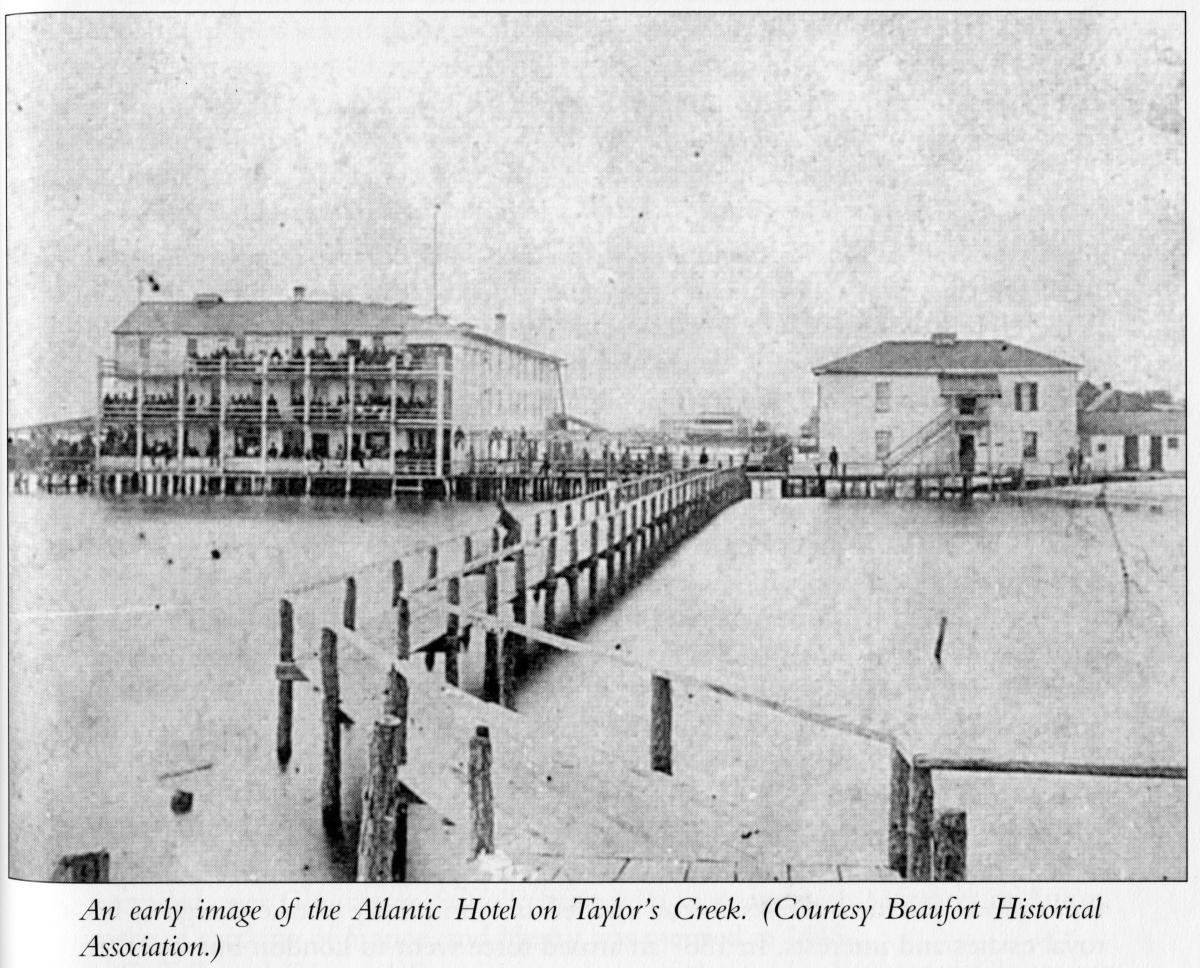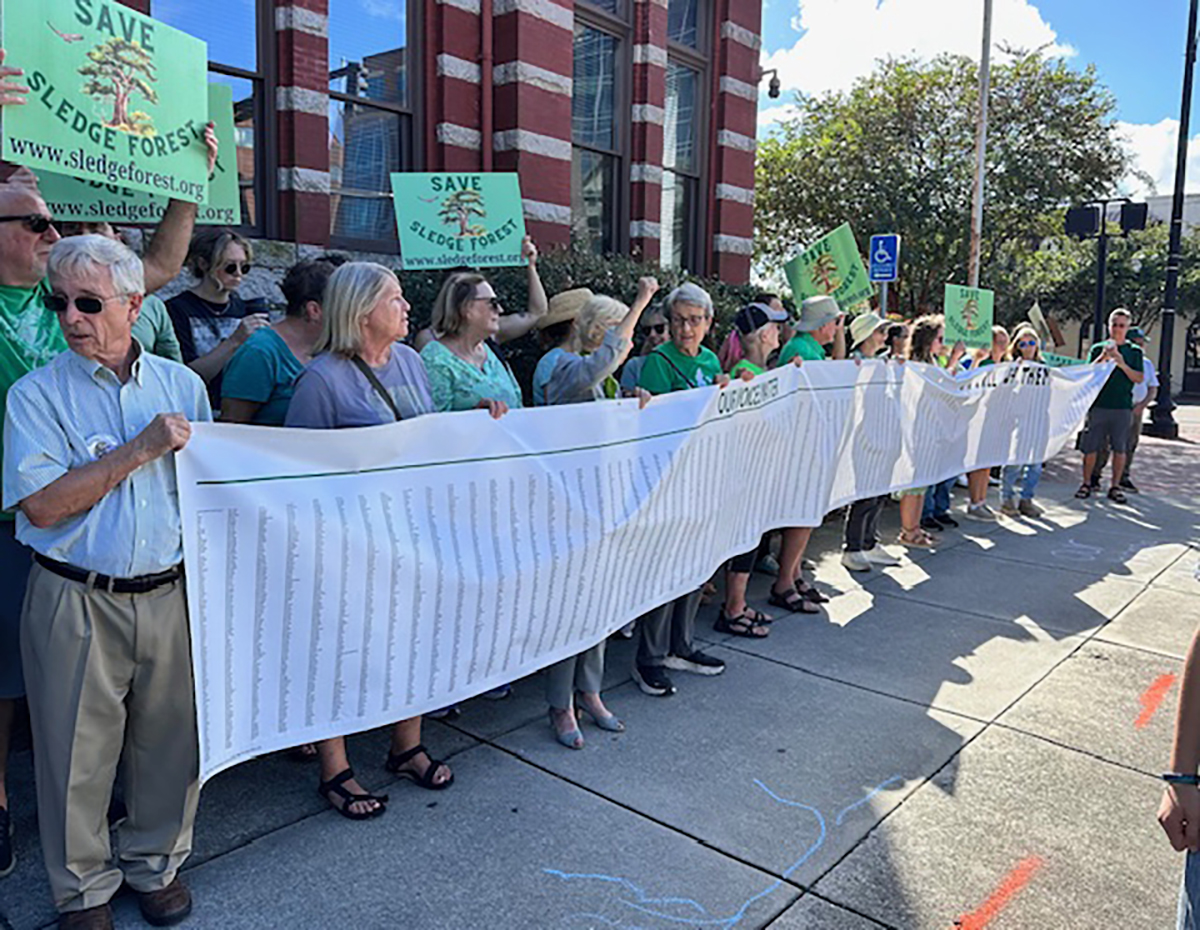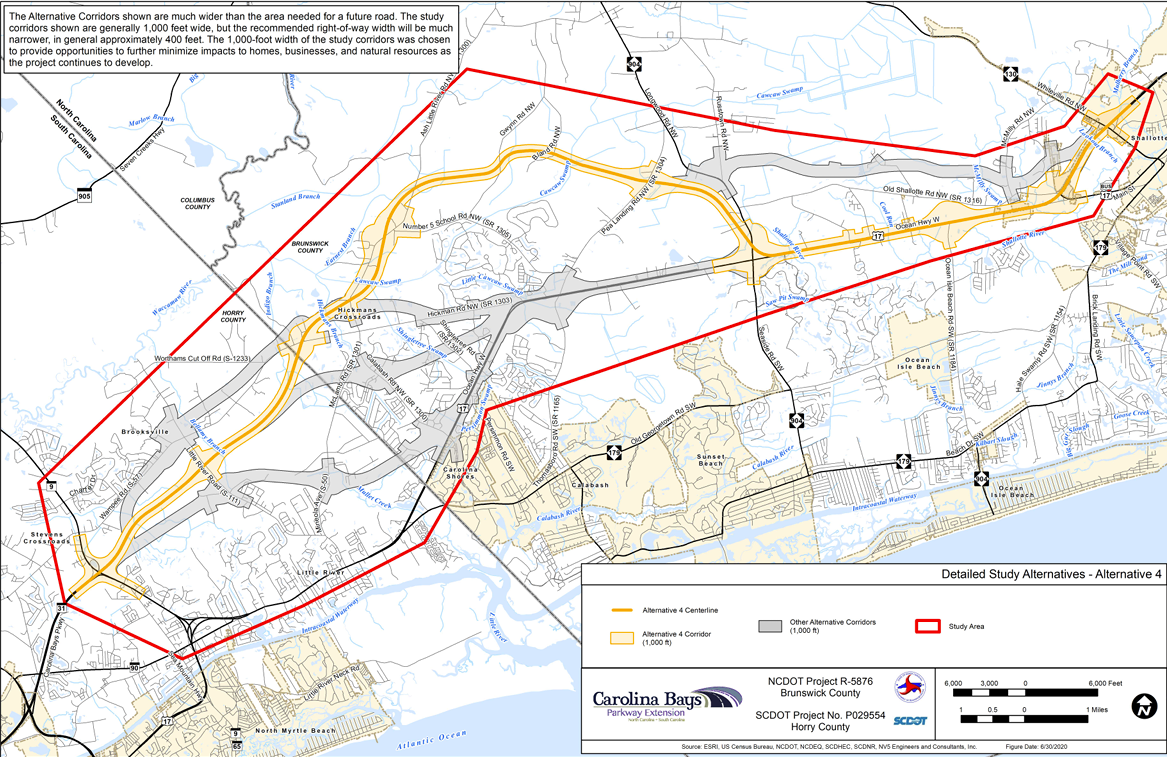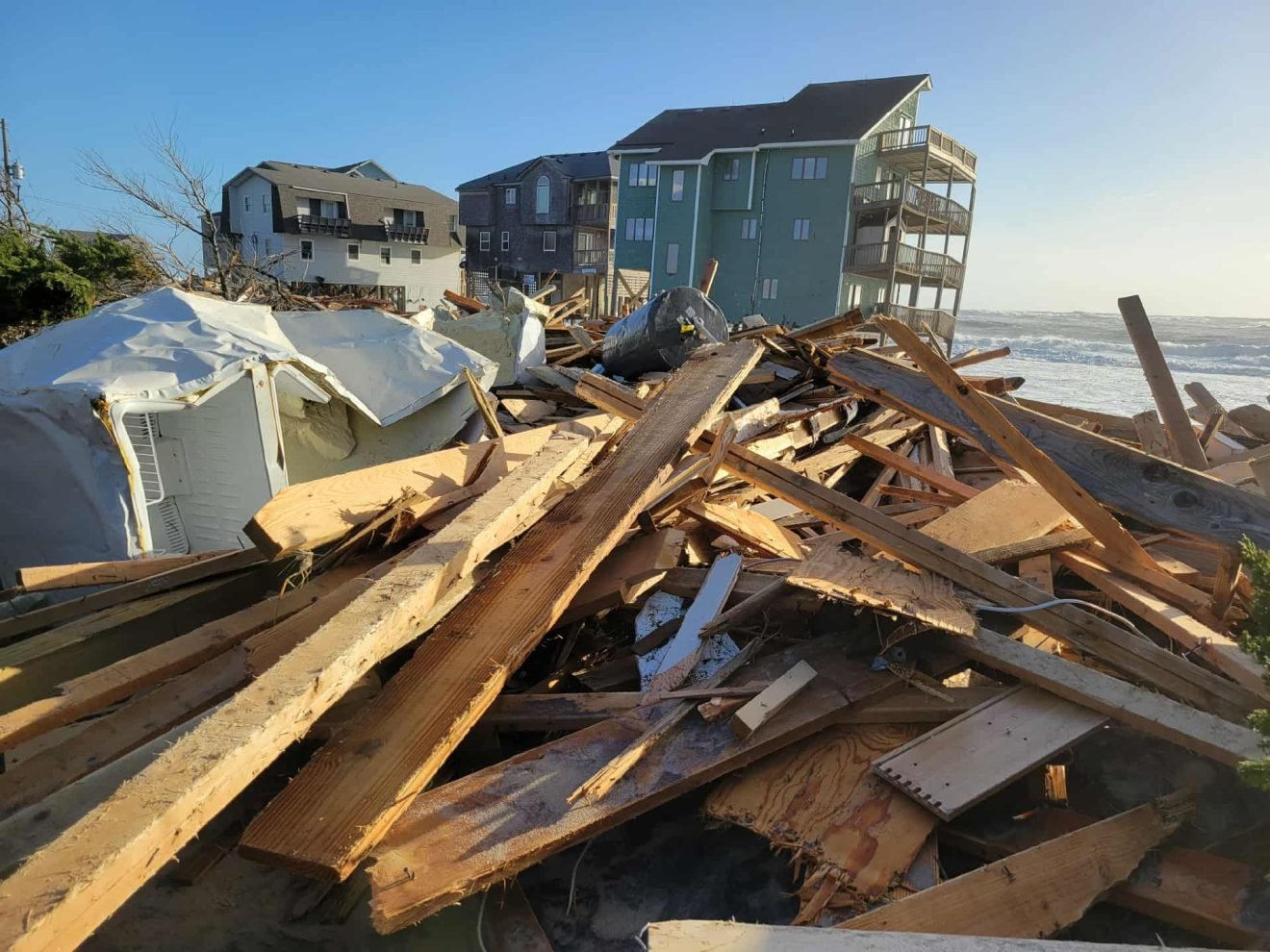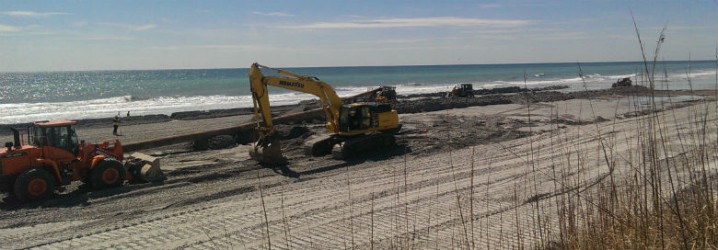
RALEIGH — Coastal legislators are skeptical that the legislature will OK a permanent funding source for beach re-nourishment as proposed in a recent update to the state’s Beach and Inlet Management Plan.
Meanwhile, a package of regulatory rewrites that failed during the 2016 session has new life, but the same old name.
Supporter Spotlight
Both efforts are an indication that, after a slow, two-month start to the session, bills are finally starting to move and policy decisions are beginning to take shape.
Consultants updating the beach and inlet plan for this year suggested creating a $25 million fund to help offset steadily dwindling federal funding for re-nourishment.

Sen. Harry Brown, R-Onslow, said he had not dug into the details of the idea, but he has seen recent news reports on it.
“I’m just not sure where the money is going to come from at this point,” Brown said. “I know some of the coastal folks are looking at how to deal with this nourishment issue because it’s a concern.”
Brown said ideas have been suggested, such as expanding taxing authority and using money from local occupancy taxes on hotel, motel, condo and cottage rentals, but nothing concrete had been proposed.
Supporter Spotlight
“There’s a lot of work still yet to go on that,” he said.
Brown said that eventually there will need to be some form of dedicated funding to maintain the state’s beaches.
“It’s a huge resource for the state,” Brown said, adding that his experience during the past few years of setting up a regular revenue stream for inlet dredging proves how difficult the process can be.
“It’s like the dredging piece,” he said “It’s not going to be easy because you’ve got to find a new revenue source, basically, and those are always tough.”
Brown said that dredging and beach re-nourishment should probably be tied together since both involve moving sand. But, he said, it doesn’t make sense to rely on the side-cast dredges often used to maintain navigation channels for beach re-nourishment or to pump the sand from inlets out to sea.
“To me, you need to capture that sand and use it for nourishment at the same time.”
Rep. Pat McElraft, R-Carteret, said that local communities will need to develop better plans for maintaining beaches as federal funds dry up.

McElraft said the beaches function like a state park and are a public trust, but the unanswered question for a state fund is where to find the money for re-nourishment.
“I do believe the state does have some responsibility,” she said, “But I don’t know where you get the money. That is the dilemma right now.”
She said Carteret County has benefited from its longstanding beach commission, which shares in local occupancy tax revenues with the county’s tourism development authority and uses its portion to manage and maintains beach re-nourishment projects. The occupancy tax and the revenue-sharing agreement, which is authorized by state law, is similar to those in place for several other coastal communities that also use a portion of occupancy tax money to cover re-nourishment costs, “like a user fee,” McElraft said.

Rep. Phil Shepard, R-Onslow, said he agrees with Brown that finding a way to use sand from inlets on beaches is a sensible solution, especially for the troubled New River Inlet and the heavily eroded beaches on North Topsail Island, both in his district.
Shepard said he is not ready to support a statewide fund, but says it’s worth studying.
“I’m not to that point yet,” Shepard said of the idea. “I willing to listen and to look at it and see if there’s something we can do.”
Any solution, Shepard said, has to make long-term sense.
“We’ve got to try to preserve what we can,” he said, “I just want to do it the most economical way and a way that’s going to last longer than a small period of time.”
Regulatory Overhaul Revived
The difficulty in setting up a state beach re-nourishment fund isn’t the only sand-related item the General Assembly is kicking around this week.
On Thursday, the Senate Agriculture, Environment and Natural Resources Committee met for the first time this session and approved a revised version of a regulatory omnibus that didn’t make it to the finish line during last year’s session.
The bill includes provisions that were in a House and Senate compromise left hanging last July when the 2016 regular session ended abruptly following the breakdown in a deal between the two chambers.

Sen. Andy Wells, R-Catawba, told his colleagues that the title of his new bill, The Regulatory Reform Act of 2016, is not a typo, but acknowledgment that it’s unfinished business the General Assembly needs to take care of before getting to this year’s regulatory bill.
The legislation, which was approved by the committee on a voice vote, includes controversial changes that, if approved by the Army Corps of Engineers, would double the allowable amount of damage that could be done to streams before developers would trigger required mitigation. The current standard is 150 feet, but Wells’ bill asks the Corps to double that to 300.
The bill also requires the state’s Coastal Resources Commission to adopt sandbag rules that loosen restrictions on where the sandbag walls could be placed.
Another provision would allow the state to use offshore shoal sands as a source for beach re-nourishment projects without the requirement that the sand meet state standards for re-nourishment projects.
Wells said the sands in the cape shoals, namely the Frying Pan Shoals at Cape Fear, Lookout Shoals at Cape Lookout and Diamond Shoals at Cape Hatteras, are the “gold standard” for sand and do not need to be tested.
Sen. Mike Woodard, D-Durham, questioned whether the legislature was getting ahead of the commission, which is expected to study the proposal.
Military Bases vs. Wind Farms?

Sen. Erica Smith-Ingram, D-Northampton, questioned a section of the bill that establishes a North Carolina Sentinel Landscapes Committee, which would coordinate “overlapping priority areas” adjacent or near to military bases and training facilities.
The U.S. Departments of Agriculture, Defense and the Interior created the Sentinel Landscapes Partnership in 2013. Sentinel Landscapes are natural areas and farmlands considered important to national defense, where certain kinds of development could encroach military bases, impede military training or testing, and where preserving the existing character of the land is good for farms and forests and conserves habitat and natural resources.
Smith-Ingram said she’s concerned the provision could be used to limit wind-energy projects in eastern North Carolina.
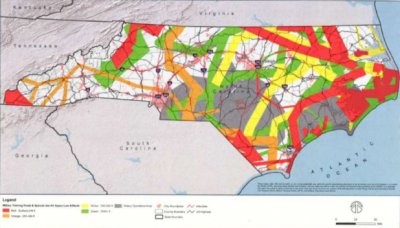
She and Brown, the Senate majority leader, sparred over a bill late in last year’s session that would have greatly reduced the areas where wind farms could be built.
“The fact of the matter is this,” Smith-Ingram said, “Who is coming to set up shop and promote economic development for the citizens of eastern North Carolina? It’s the solar farms, it is the wind farms. There seems to be very little interest from other companies coming and trying to set up shop, so why be a threat to the greatest promise to economic development that we have?”
The bill must first be approved by the Senate’s Rules and Operations Committee before heading to the full Senate for a final round of votes.



